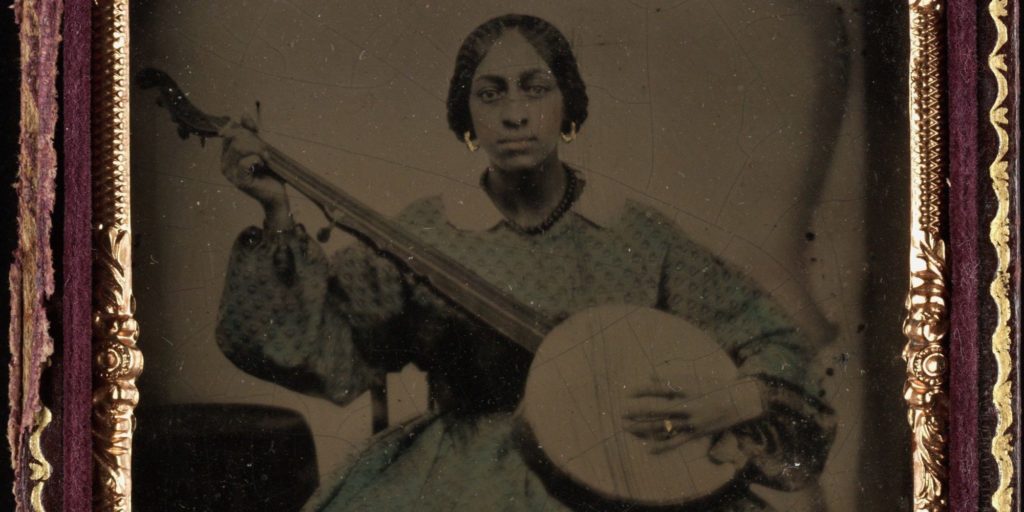The banjo is a unique and distinct instrument that has been enjoyed by music lovers for centuries. Its distinct sound and style have made it a favorite among musicians and fans of all ages. The evolution of the banjo, and all banjo history has been a fascinating journey, and one that is worth exploring.

The history of the banjo can be traced back to Africa, where it was developed from a variety of instruments such as the ngoni, the xalam, and the kora. These instruments were often played during religious ceremonies, and they were used to communicate with the gods. The early banjos were made using a variety of materials such as wood, animal skin, and even gourds.
The banjo was first introduced to America during the slave trade, and it quickly became popular among African American musicians. It was also popular among white musicians, and it was often played in minstrel shows. The banjo was particularly popular in the southern United States, and it became an integral part of traditional southern music.
Over time, the banjo continued to evolve, and it became more sophisticated and complex. In the late 1800s, a man named Joel Sweeney began experimenting with the banjo, and he added a fifth string to it. This added string allowed musicians to play more complex melodies and created a more distinct sound. The five-string banjo quickly became popular, and it is still one of the most popular types of banjos today.
In the early 1900s, the banjo continued to evolve, and it became a popular instrument in jazz music. Musicians like Eddie Condon and Johnny St. Cyr began incorporating the banjo into their music, and they helped to popularize the instrument even further. The banjo also became popular in bluegrass music, and it has become an essential instrument in the genre.
In recent years, the banjo has continued to evolve, and it has been embraced by musicians in a variety of genres. Musicians like Béla Fleck and Tony Trischka have pushed the boundaries of what is possible with the banjo, and they have inspired a new generation of banjo players.
Today, there are many different types of banjos available, and they come in a variety of styles and sizes. Some banjos are designed for playing traditional music, while others are designed for playing more modern styles of music. There are even electric banjos that are designed to be played with amplifiers and other electronic equipment.
In conclusion, the evolution of the banjo has been a fascinating journey, and it is one that continues to this day. From its humble beginnings in Africa to its popularity in America and beyond, the banjo has captured the hearts of musicians and music lovers around the world. Whether you prefer traditional music or more modern styles, the banjo is a versatile instrument that has something to offer everyone.
More Banjo Articles
Origins and History of the Banjo
Early Banjo Styles: A Brief History

